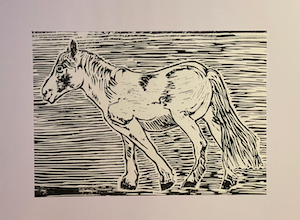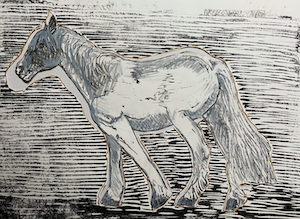
The world is changing fast, and this is why. I’ve been using AI across various creative, analytical, and practical aspects of my work and life.
This is a summary of what I’ve learned and achieved:
1. Writing & Story Development
Use AI to refine and tweak your novel Wishful Thinking, mainly by listening to ElevenLab’s voice reading. This process has helped me identify nuances, stumbles, and areas for refinement.
Recognised how AI can assist in adapting Wishful Thinking into a screenplay with ease.
I began revisiting and cataloguing older stories (Sardines, CC & Susie, The Girl in the Garden), considering their potential for development. My next novel project should be Angel of the North, setting a structured two-hour daily writing slot to work on.
2. Audio Performance & AI Voices
Amelia’s voice from ElevenLab provides an authentic, brilliantly performed reading of Wishful Thinking.
Used the AI reading to catch errors and fine-tune dialogue and pacing.
Reading a piece aloud reveals a new layer of clarity in storytelling.
3. Productivity & Time Management
Realised that structured creative work, with set hours and pacing, prevents burnout.
Experimented with using AI for planning and project organisation, recognising the benefits of AI-driven analysis without over-reliance.
4. AI in Memory & Reflection
Continued deep exploration of past diary entries, using AI to stimulate reflection and extract stories.
Discovered how AI challenges and enhances your recollections, appreciating different perspectives on past events.
AI helps clarify and structure your thoughts on past relationships, experiences, and creative choices.
5. Artistic & Creative Exploration
Used AI to assist in organising Open Houses Art Week preparations.
I began considering AI’s role in producing creative work beyond writing, potentially in visual art, historical research, and film adaptation.
6. Historical & Documentary Research
Applied AI to WWI project research, expanding your understanding and planning for a larger project.
Use AI to fact-check and recall details from past experiences, reinforcing your work as a historian of memory.
7. Future Considerations
Considering AI’s potential in film production, especially for adapting Wishful Thinking as a youth theatre screenplay or live-action short.
Noted that AI could assist with editing and improving past short stories to bring them up to publishable quality.
I am interested in AI’s ability to enhance storytelling across different media, from voice performance to screenplay formatting.
Key Takeaways
AI has helped me refine my writing, making it sharper, more immersive, and more effective.
AI-assisted voice performance has revealed story weaknesses and allowed me to refine my writing precisely. AI also helps challenge and expand my memory, making my reflections richer and more layered.
AI-powered tools offer a structure for writing and creative projects, helping with pacing and avoiding burnout.
I’m thinking critically about AI’s role in film, theatre, and historical research, exploring its potential without overreliance on it.

